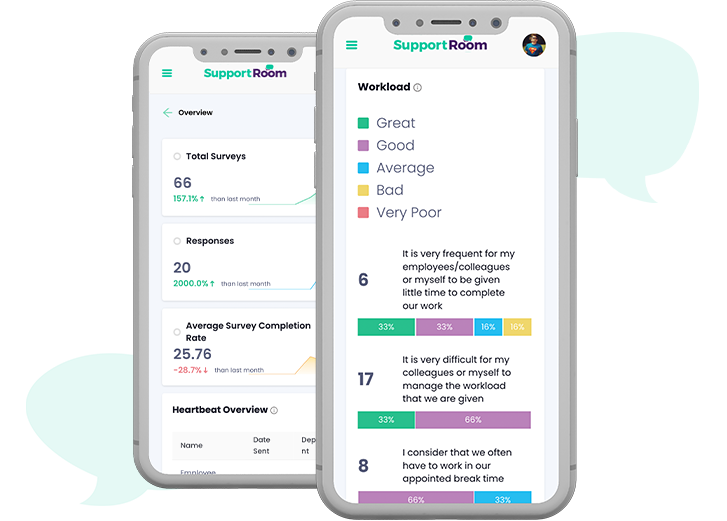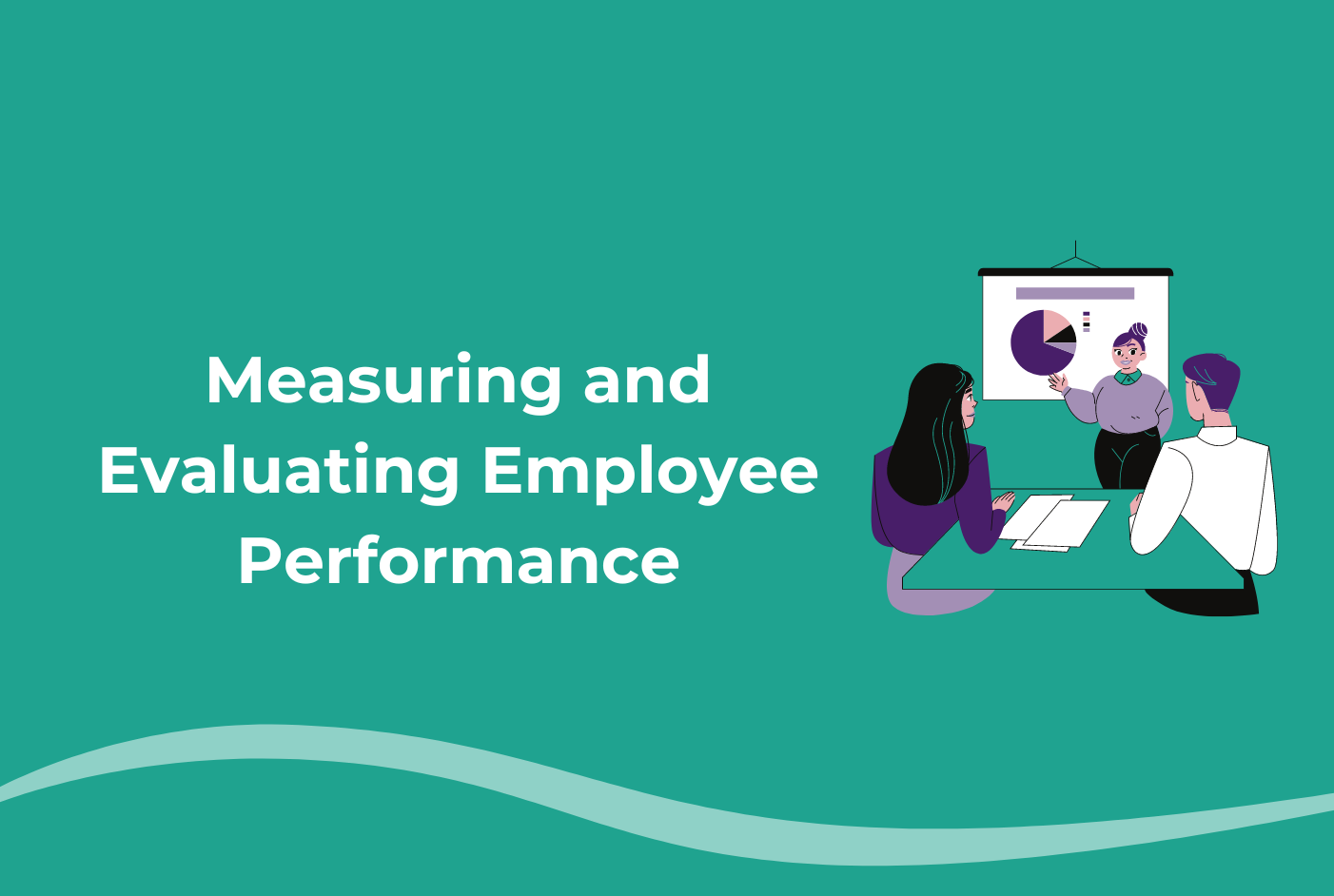If you have worked with a demanding or bullying manager, you know how stressful this experience can be. The simple idea of going to work can become so dreadful that you are unhappy most of the time. Unfortunately, many organisations fail to realise that the pursuit of better mental health at work starts with more flexible leadership styles. What is the link between various leadership approaches and workplace mental health, and how can leaders create a more supportive work environment?
The role of leadership in employee wellbeing
There is already some substantial research done on the impact of leadership styles on employee productivity, satisfaction, and wellbeing. Fortunately, companies already know that the quality of a relationship between managers and employees directly influences the type of work climate and the attraction & retention of future talent.
There are many examples in which leaders are agents of positive change within workplace mental health. Similarly, there are also plenty of cases where leaders are the cause of mental health problems. The way people are led in the workplace matters – toxic leadership is likely to be a driver of mental illness, which is why it should be changed.
We can’t promote mental health in the workplace and employee wellbeing without talking about leadership styles. As data shows, work-related stress is already a reason for poor mental health and depression. Deadlines, work pressure, lack of support, and many other factors are already leading people to develop mental health problems like depression, stress, and anxiety. If we add in a toxic leadership style, the chances of creating a supportive work environment are drastically decreasing.
How are some leadership styles detrimental to mental health?
There are some leadership styles that are particularly detrimental to employee mental health. For example, autocratic or authoritative leadership is characterised by individual control over all decisions and little input from team members. Leaders who work with this approach might offer little opportunities to employees to voice their opinions.
As a result of this, employees might feel that they aren’t trusted and heard in the workplace. Since all control goes to the leader, many will feel powerless within an organisation, which can be detrimental to their mental health in the long term.
Similarly, transactional leadership works by offering rewards only in return for the completion of required tasks. This leadership style views the leader-follower relationship as a transaction: the follower (employee) obeys and follows orders, while the leader provides monetary compensation.
However, one of the downsides of this leadership style is that it discourages creativity and out-of-the-box thinking. Employees might also feel that their ideas are not valuable enough, which can lead to lower self-esteem. Similarly, creating an environment where people are solely rewarded for adhering to set tasks can inhibit creative growth and personal development.
On the other hand, more flexible leadership approaches – such as transformative leadership – can be a lot more effective and promote better mental health. Transformative leaders work alongside employees to find solutions to core problems within the company. They also encourage their self-expression and make room for their input and vision. Research has shown that this leadership style leads to higher performance in the workplace and improved group satisfaction.

Gain FREE access to Heartbeat
Get a free Heartbeat Survey.
Let us uncover the true state of your team’s wellbeing with a free mental health survey for your entire organisation.
Gain valuable insights to see how you can better support your team’s mental health and performance.
No pitch. No credit card required.
Ways in which managers can promote mental health in the workplace
Once managers and leaders realise that they have a key role in promoting workplace mental health, they can start adopting behaviours and initiatives that support this goal.
Model healthy behaviours
Simply stating that you support mental health is not enough to create lasting change. Instead, managers should model what looking after one’s mental health looks like. They can demonstrate what it means to set healthy boundaries and prioritise emotional wellbeing.
While many leaders focus on looking after their team, they forget to model a healthy attitude to their own mental health. They shouldn’t be afraid to speak about attending a therapy appointment or taking a walk in the middle of a workday.
Build a culture of genuine connection
Instead of creating competition among employees, leaders should instead build a culture where people look after each other. This means checking in with co-workers regularly and offering empathy and support. This type of initiative is even more crucial in the current context where many people work from home and feel isolated from others.
Have inclusive policies
Working in a place where differences are celebrated can make a significant difference to your mental health. Leaders should prioritise creating and supporting policies that ensure everyone is respected and welcome.
Show flexibility
We live in a world where things change at all times. Managers and leaders should expect that employees’ needs, performance, and situations will vary from time to time. This is why it is important to maintain adequate communication and check in with the team at all times.
For this reason, the relationship between leadership and employee mental health should be continuously considered. Leaders should take a customized approach to all situations and communicate with their team about problems that need to be solved. There are high chances that employees will need different things at different times. Flexibility will reduce stress for everyone while creating a culture where people are expected and allowed to change.
Prioritising workplace mental health
Are you interested in improving workplace wellbeing? SupportRoom offers flexible mental health support for employees in the form of online therapy, self-help tools, and wellbeing monitoring. Besides, it provides leaders with the opportunity to see where employees’ main stressors come from. This way, you can implement changes and mental health initiatives knowing exactly what’s going on behind the scenes.
You can find out more information about SupportRoom here.
Do you want to find out how we can bring mental support to your organization?
Book a call now and let’s get to know each other.

Gain FREE access to Heartbeat
Get a free Heartbeat Survey.
Let us uncover the true state of your team’s wellbeing with a free mental health survey for your entire organisation.
Gain valuable insights to see how you can better support your team’s mental health and performance.
No pitch. No credit card required.






